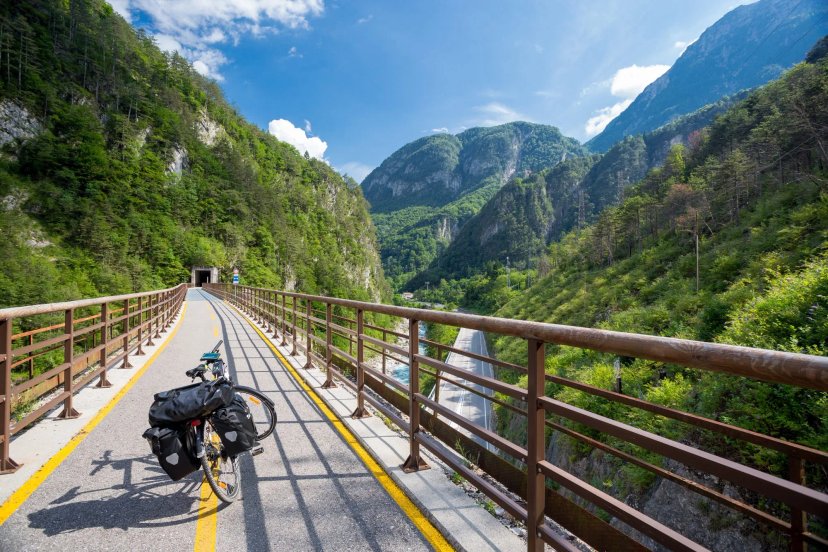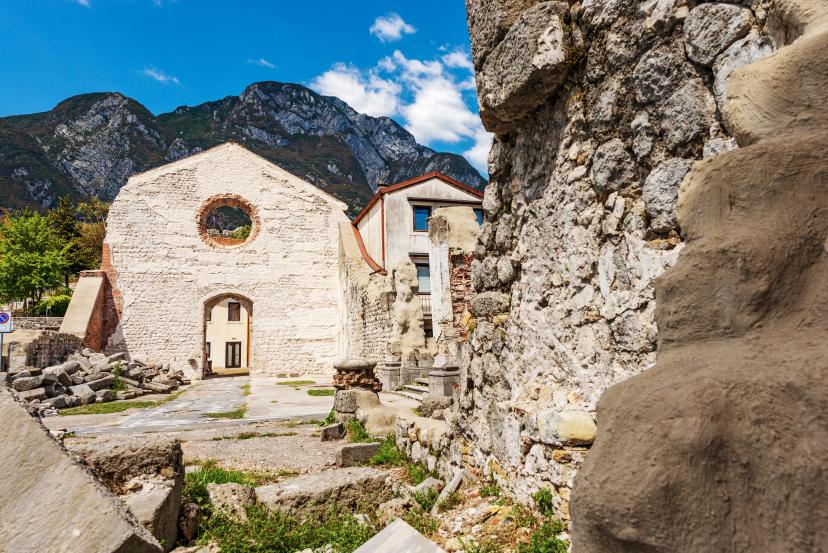Alpe-Adria Cycle Path: From the Alps to the Adriatic
Your complete Alpe Adria Cycle Path guide — see our route tips, best travel months, and practical advice for cycling from Salzburg to Grado.
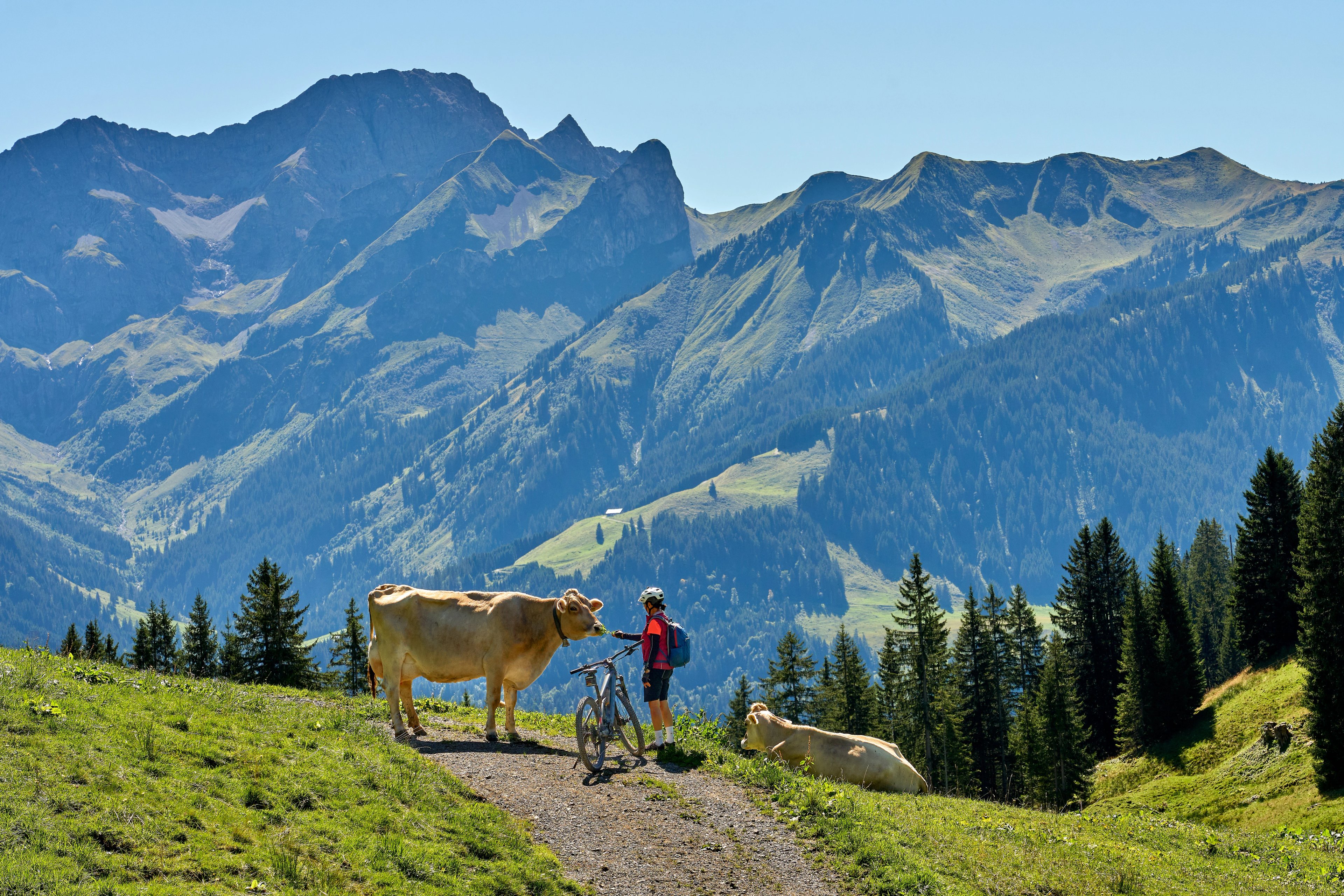
Quick links
Between Austria’s alpine valleys and Italy’s Adriatic shores lies one of Europe’s most inspiring long-distance routes. The Alpe Adria Cycle Path takes you from mountain peaks to coastal plains, combining alpine landscapes, riverside paths, and Mediterranean charm in one unforgettable ride.
If you’re drawn to long scenic routes that blend mountain views, ancient towns, and coastal finishes, cycling the Alpe Adria delivers. Every single day.
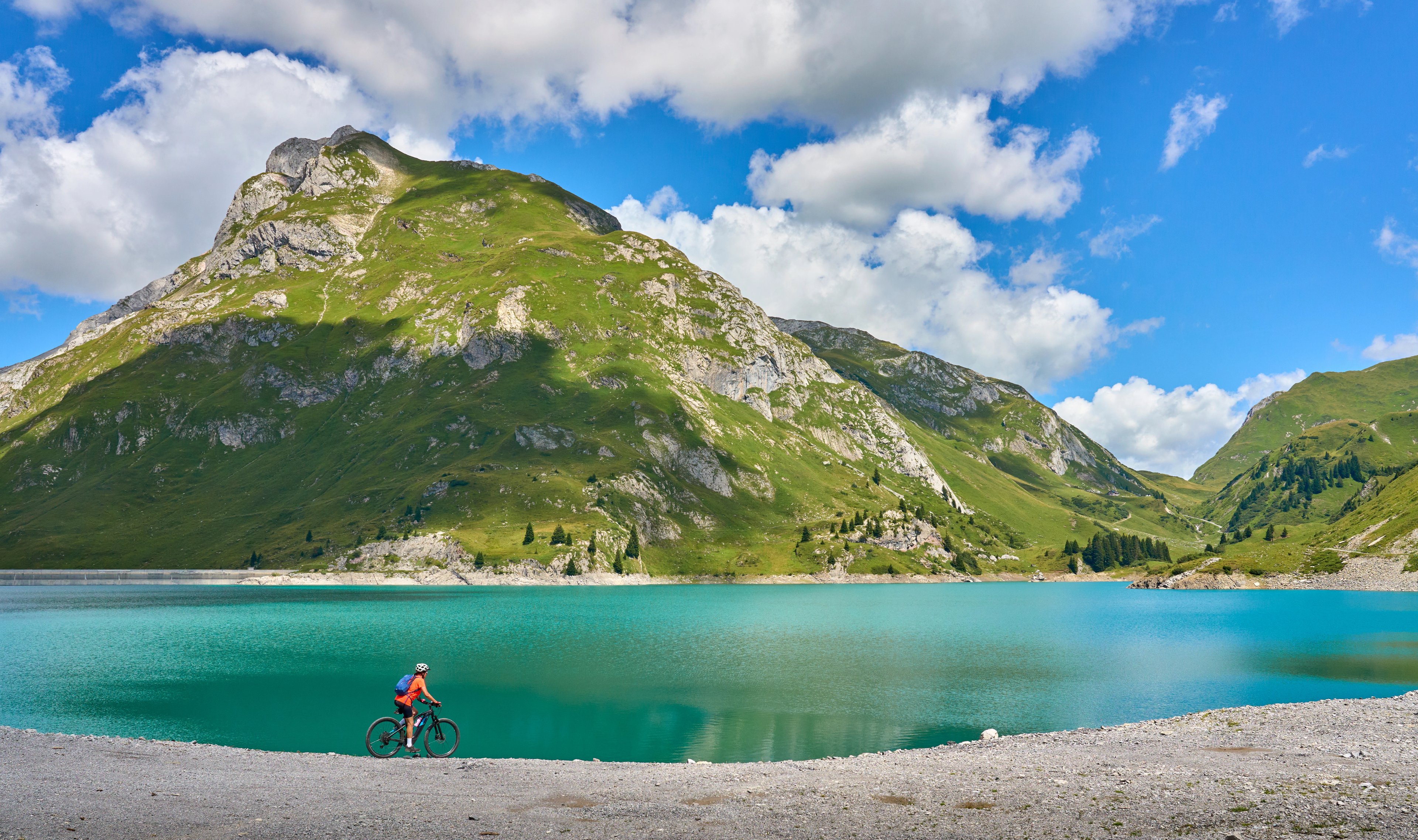
Among Europe’s many long-distance bike routes, few capture the imagination quite like the Alpe Adria. Starting in Salzburg, the city of Mozart and baroque architecture, the route crosses the Austrian Alps and flows down through northern Italy to the Adriatic town of Grado. It’s a true coast-to-coast adventure, linking two worlds — the alpine and the Mediterranean — in a single continuous journey.
What to Know at a Glance
- Route name: Alpe Adria Cycle Path (Ciclovia Alpe Adria Radweg)
- Length: approximately 410 kilometers
- Route type: long-distance cross-border cycle path (part of EuroVelo 7)
- Countries crossed: Austria – Italy
- Start/finish: Salzburg (Austria) → Grado (Italy)
- Surface: about 85% paved, 15% compact gravel
- Difficulty: moderate; manageable gradients and well-marked sections
- Recommended bikes: touring, trekking, or e-bikes
- Traffic: mostly traffic-free, especially on the railway sections
- Elevation: total ascent about 2,500 m; highest point around 1,200 m
Why Ride the Alpe Adria
The Alpe Adria Cycle Path isn’t just a scenic trail — it’s a route through history, geography, and culture. It follows a mix of riverside paths and former railway lines, including stretches of the old Gastein and Pontebbana lines, now reborn as smooth, traffic-free cycling corridors.
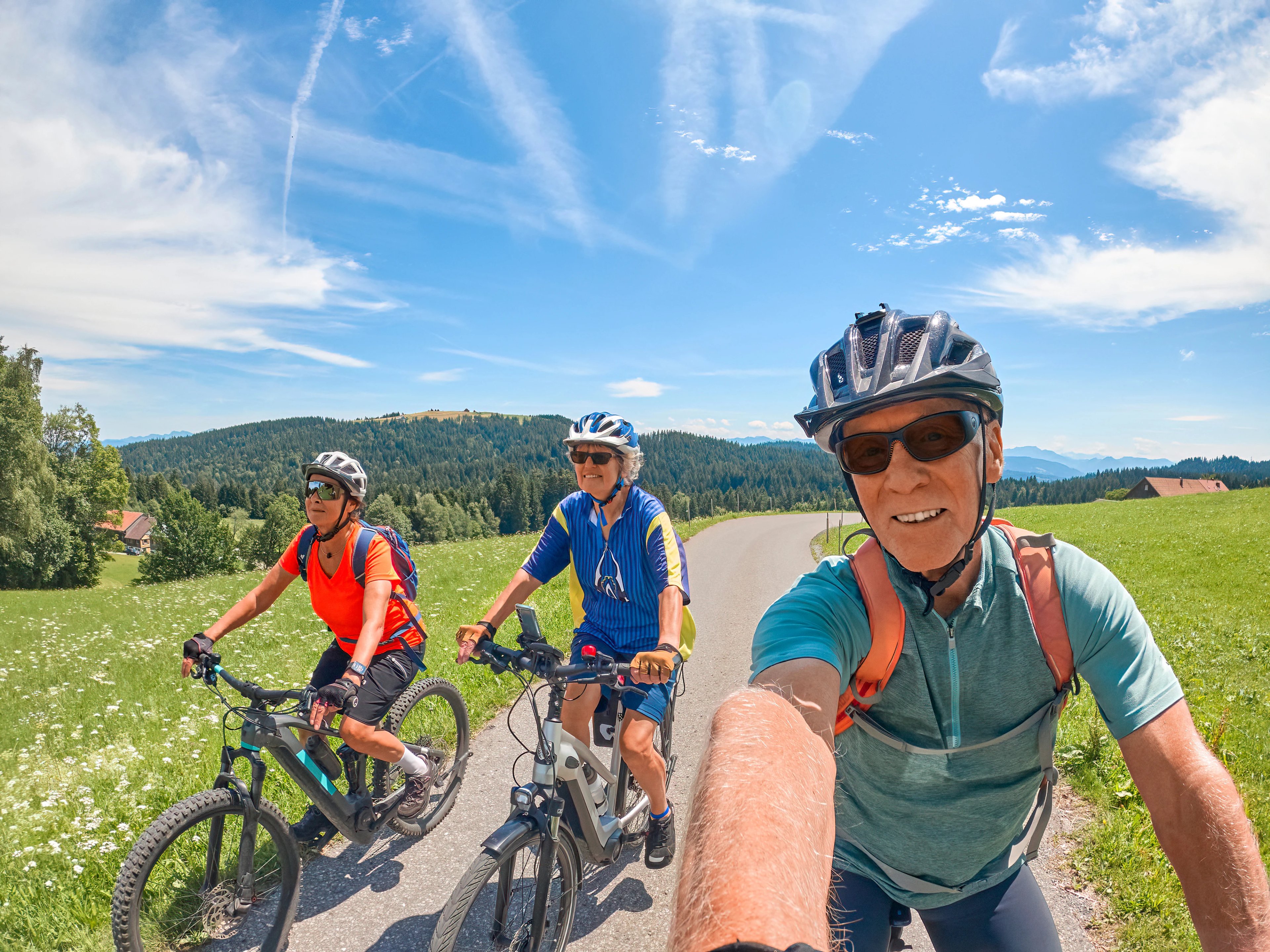
Along the way, cyclists pass through alpine valleys, forested tunnels, and viaducts that descend toward the Italian plains. The path connects two countries, seven stages, and countless landscapes — from glacier-fed rivers to vineyards and Roman ruins — before ending at the edge of the Adriatic Sea in Grado.
Route Overview
The Alpe Adria Cycle Path stretches for about 410 km from Salzburg (Austria) to Grado (Italy), linking the Alps with the Adriatic Sea. It follows rivers, alpine valleys, and old railway lines, combining mountain scenery, lakeside paths, and historic towns in one continuous ride.
It’s one of Europe’s most scenic and accessible long-distance cycling routes — a journey from high peaks to sea level that blends cultural heritage with spectacular natural variety.

Route Map
Our preferred route, shown in the map below, follows the classic Alpe Adria alignment but includes small detours to some of the most charming alpine towns and Italian hill villages along the way — because skipping them would mean missing the heart of this adventure.
Suggested Itinerary

Day 1: Arrival in Salzburg
Arrive in Salzburg, a UNESCO World Heritage city known for its baroque old town and alpine backdrop. Take time to stroll along the Salzach River or visit Mozart’s birthplace before starting your cycling journey.
Day 2: Salzburg – St. Johann
Follow the Salzach River through meadows and wetlands toward Hallein and the Golling Waterfall. After a gentle climb through Pass Lueg and the Salzach Gorge, reach St. Johann, framed by alpine peaks and the twin towers of Pongau Cathedral.
Distance: ~65 km
Surface: paved cycle paths and quiet roads
Elevation Profile:

Day 3: St. Johann – Mölltal Valley
Ride through the Gastein Valley past Bad Hofgastein and the elegant resort of Bad Gastein, known for its Belle Époque architecture and waterfall. A short train ride through the Tauern Tunnel brings you to Mallnitz for a downhill glide into the Mölltal Valley.
Distance: ~55 km
Surface: paved, short rail transfer
Elevation Profile:

Day 4: Mölltal Valley – Villach
Cycle along the Möll River beneath the peaks of the Carinthian Alps. Pass through Spittal, home to Renaissance Palace Porcia, before continuing to Villach — a lively old town with a relaxed southern Austrian feel.
Distance: ~75 km
Surface: mostly paved valley roads and riverside paths
Elevation Profile:

Day 5: Villach – Gemona
Take a short train ride to Tarvisio, crossing into Italy and the Friulian Alps. Cycle gently downhill through Val Canale, surrounded by forested slopes and quiet alpine villages, before reaching Gemona at the foot of the Julian Alps.
Distance: ~65 km
Surface: paved cycle path and compact gravel
Elevation Profile:

Day 6: Gemona – Udine
Continue south through Friuli’s foothills and vineyards. Stop in Gemona del Friuli to see its Gothic cathedral before reaching Udine, a vibrant city blending Venetian architecture with lively piazzas and cafés.
Distance: ~45 km
Surface: mostly paved, occasional compact gravel
Elevation Profile:

Day 7: Udine – Grado
Ride through the Friulian countryside toward Aquileia, a UNESCO World Heritage Site famed for its Roman mosaics. The final stretch leads to Grado, a charming lagoon town where the Alps finally meet the sea.
Distance: ~55 km
Surface: paved and flat
Elevation Profile:

Day 8: Departure from Grado
Enjoy a leisurely morning on the Adriatic before departing or extending your stay along the coast.
How Can I Organize My Own Cycling Tour?
Planning a ride from Salzburg to Grado might sound straightforward — but once you start piecing everything together, it can become surprisingly complex.
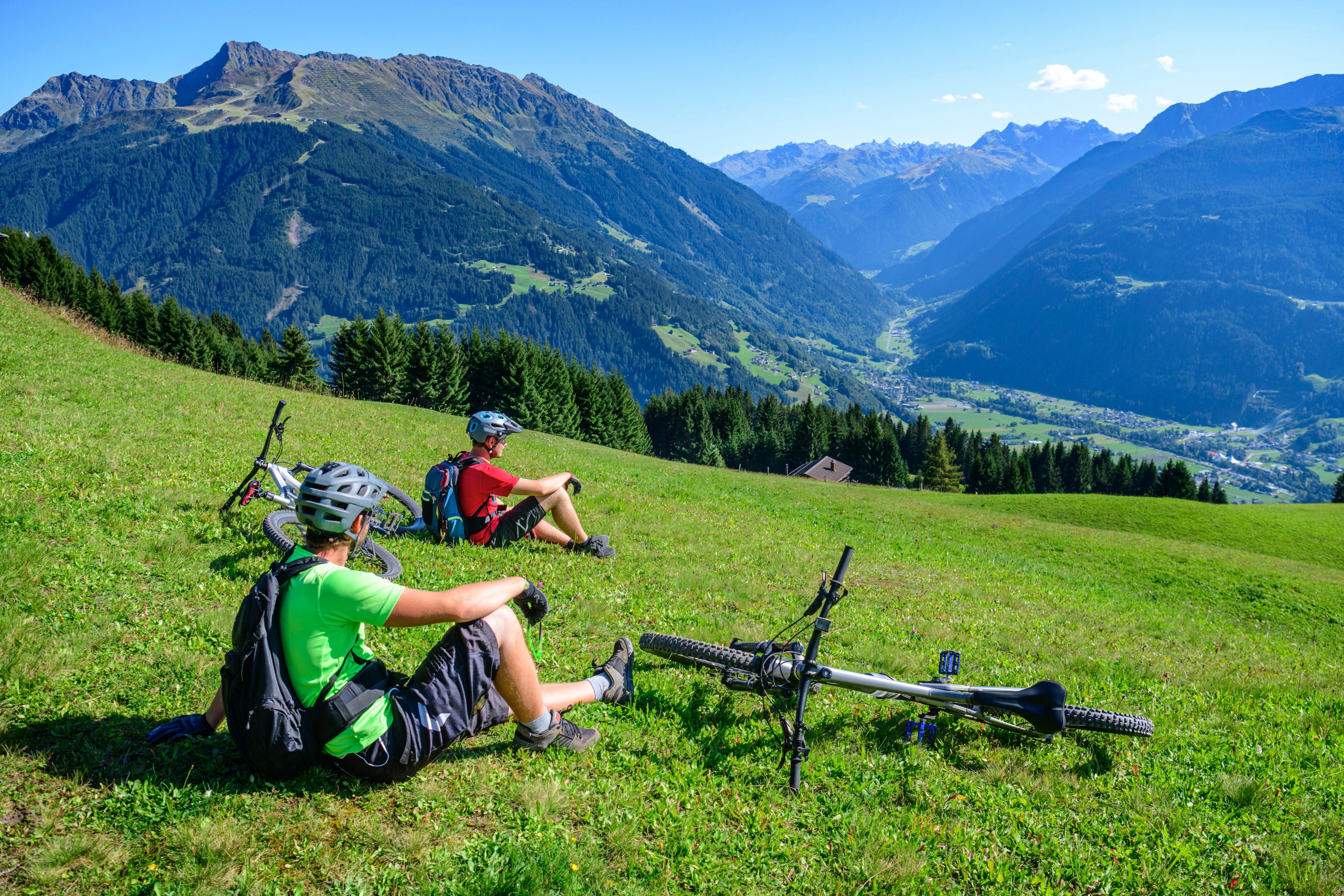
Coordinating hotels, luggage transfers, cross-border train connections, and detailed GPS tracks often takes more time than expected. Some stages mix paved and gravel surfaces, others include tunnels or mountain passes where signage is limited. Add the logistics of navigating two countries and different languages, and what should be a smooth adventure can turn into a challenge.
That’s why we designed our Best of Alpe Adria Cycling Tour — a complete, worry-free package that lets you enjoy the entire alpine-to-sea journey without the stress of planning. You’ll have:
- carefully curated GPS routes,
- pre-arranged accommodations,
- luggage transfers and full on-tour support,
and all the most scenic highlights of the Alpe Adria combined into one seamless itinerary.
When to Go
Stretching from the Austrian Alps to Italy’s Adriatic coast, the Alpe Adria Cycle Path covers several climate zones — alpine valleys, foothills, and coastal plains. That means conditions can vary significantly along the way. While you can technically ride most of the route from April to October, some months bring more favorable weather and smoother logistics than others.

Seasonal Highlights
- Spring (April–June): fresh alpine air, snow still on the peaks, lush valleys, fewer crowds
- Summer (July–August): warmest weather, fully open services, lively atmosphere
- Autumn (September–October): mild temperatures, harvest season, calmer trails
- Winter (November–March): not recommended due to snow, cold, and closed mountain sections
Spring (April – June)
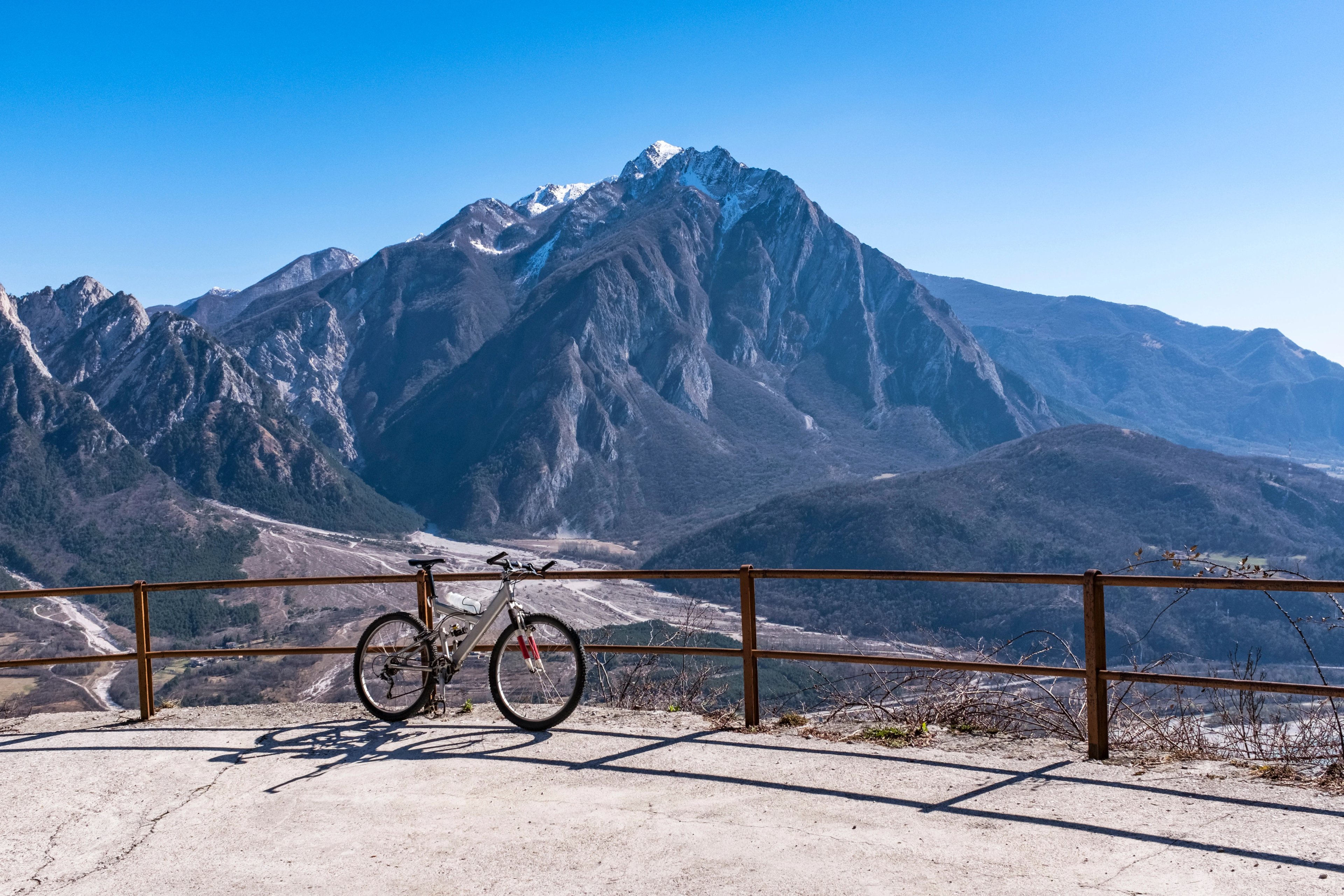
The best time to start the season on the Alpe Adria. Temperatures rise steadily, the snow clears from higher valleys, and services reopen along the route. Conditions are reliable from mid-April onward, with mild weather and manageable traffic.
- Weather & Temperatures: Expect daytime highs between 15–22 °C in Austria and slightly warmer in northern Italy. Occasional showers occur, especially in May, but they keep the landscapes vibrant.
- Trail Conditions: Alpine stretches are mostly clear by mid-April; some higher passes may still have melting snow early in the season.
- Services & Infrastructure: Guesthouses and bike shops reopen gradually from April onward; by late spring, everything runs smoothly.
- Crowds & Experience: Pleasantly quiet compared to summer, especially in the Austrian sections.
- Why Choose Spring: Perfect blend of good weather, manageable traffic, and photogenic scenery — the Alps still dusted with snow, valleys in full bloom.
Summer (July – August)

The peak season for riding the full route. All alpine passes are open, daylight is long, and every service along the path operates at full capacity. It’s the easiest time to plan logistics and enjoy stable conditions, though also the busiest.
- Weather & Temperatures: Warmest period of the year — around 25–30 °C in the valleys, cooler at higher altitudes. Occasional afternoon thunderstorms in alpine areas.
- Trail Conditions: Excellent throughout, with firm, dry surfaces. Tunnels and shaded forest paths offer relief from the heat.
- Services & Infrastructure: Everything is operational, from mountain huts to lakeside cafés.
- Crowds & Experience: The busiest period, particularly around Salzburg, Villach, and Italian resort areas near Grado.
- Challenges: Strong midday sun; starting rides early or splitting stages is advisable.
- Why Choose Summer: The most vibrant time of year — lively towns, festivals, and guaranteed open passes across the Alps.
Autumn (September – October)

A comfortable and scenic time to ride, especially for those who prefer quieter paths. Temperatures stay pleasant, harvest season begins in northern Italy, and most services remain open until late October.
- Weather & Temperatures: Temperatures range between 18–22 °C in early autumn, dropping toward 12–15 °C by late October. Clear days alternate with occasional showers.
- Trail Conditions: Excellent overall; minor leaf cover or slippery spots possible after rain.
- Services & Infrastructure: Most tourist services remain open through September; October sees gradual closures in smaller alpine towns.
- Crowds & Experience: Noticeably calmer atmosphere — ideal for travelers seeking quieter days and local harvest festivals.
- Why Choose Autumn: A favorite time for photographers and wine lovers; riding through vineyards and autumn colors gives the route a distinct charm.
Winter (November – March)

Cycling the Alpe Adria in winter isn’t recommended — snow, cold air, and closed passes make much of the route inaccessible.
Looking for better ways to enjoy Austria and its neighbors in winter? Discover our ski holidays in Austria.
If you are curious to know more about monthly temperatures and rainfall patterns along the route, you can see our month-by-month cycling weather guide for Austria and our monthly weather guide for Italy, for more detailed seasonal insights.
Highlights Along the Alpe Adria Cycle Path
Riding the Alpe Adria Cycle Path isn’t only about covering the distance — it’s about the changing landscapes, languages, and traditions you encounter along the way.
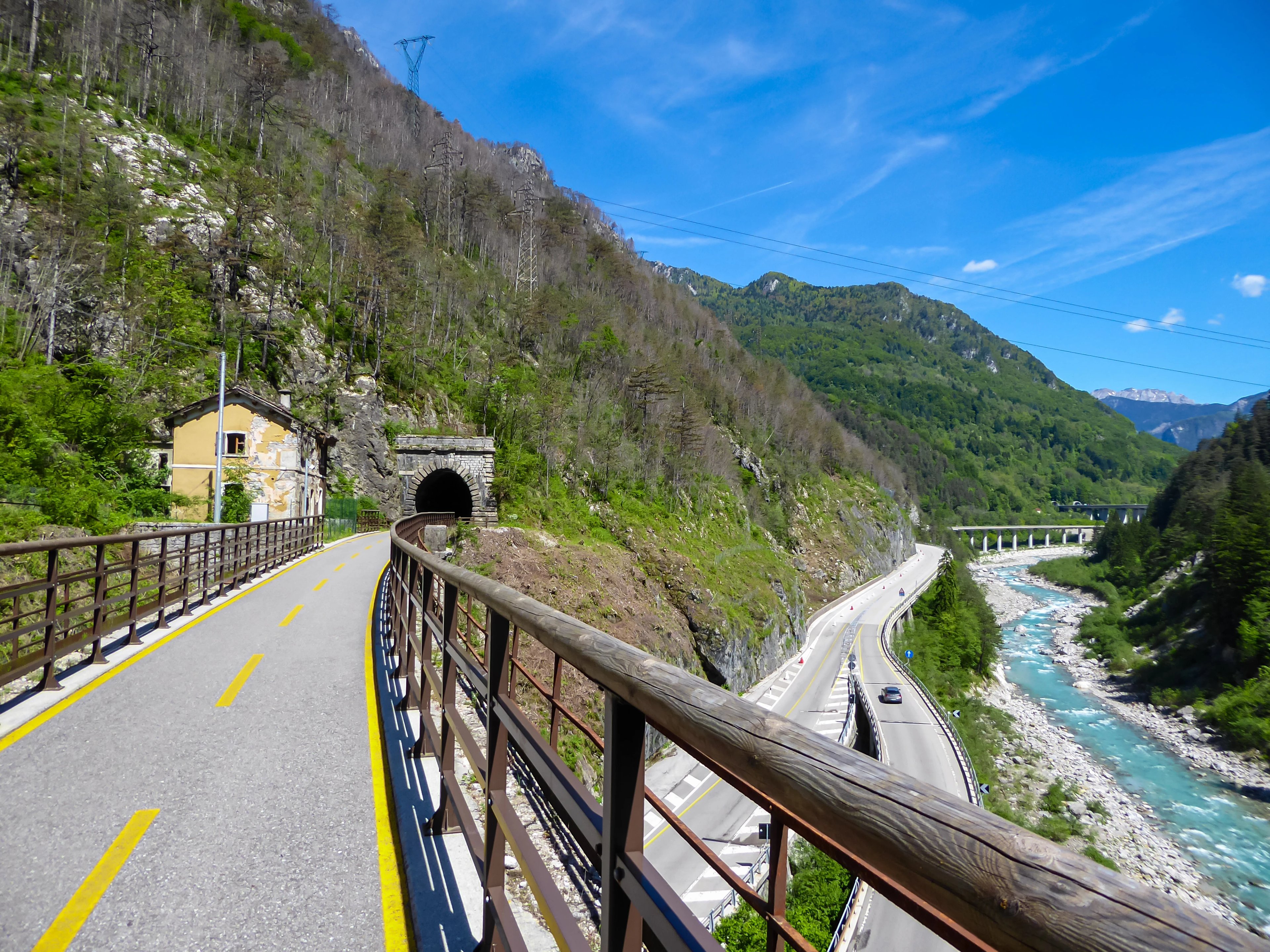
The route connects Austria and Italy, linking alpine valleys with coastal plains and passing through regions where Central Europe meets the Mediterranean. From mountain tunnels and Roman towns to lakeside cafés and seaside promenades, every section has its own character.
Here are some of the key highlights along the Alpe Adria — places and experiences that make this one of Europe’s most rewarding long-distance cycling routes:
Getting to the Start — Salzburg
By Air
The most convenient airport for international arrivals is Salzburg Airport (SZG), located just 4 kilometers from the city center. It offers frequent direct flights to major European hubs, including Frankfurt, London, Amsterdam, and Vienna, with seasonal routes to additional destinations.
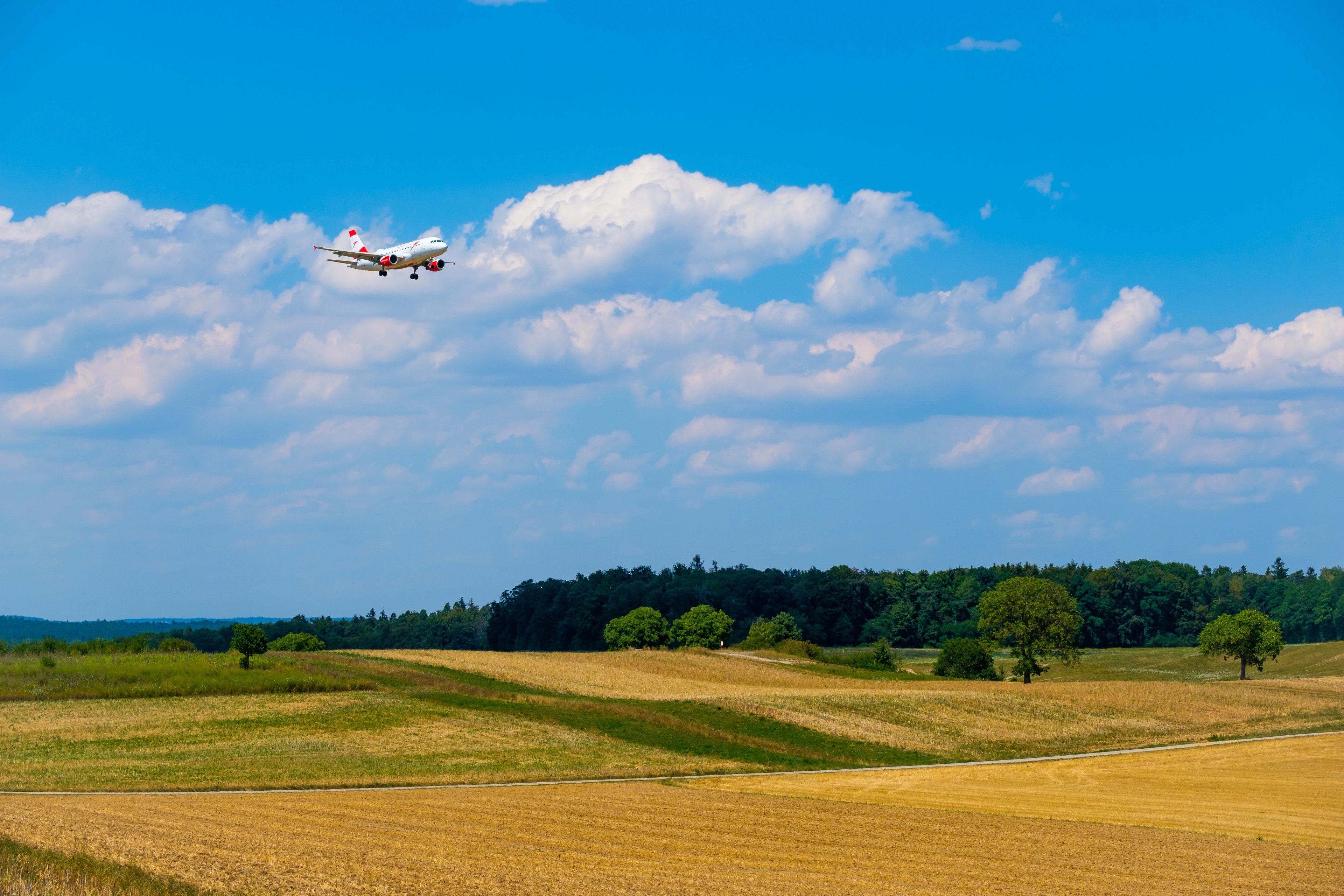
Getting from the airport to central Salzburg is simple:
- Bus: Public bus lines 2 and 10 connect the airport to the main train station (Salzburg Hauptbahnhof) in about 20 minutes.
- Taxi or Private Transfer: Taxis are available directly outside the terminal, and private transfers can be pre-booked if traveling with large luggage or bike boxes.
- Bike Assembly: There are sheltered areas near the arrivals hall suitable for assembling bikes before heading into town.
Alternative Airports
If you’re flying from farther abroad or prefer a wider choice of connections, nearby airports offer easy onward transfers:
- Munich International Airport (MUC) – about 2 hours by direct train or 2.5 hours by private transfer.
- Vienna International Airport (VIE) – roughly 3 hours by direct train to Salzburg Hauptbahnhof.
- Innsbruck Airport (INN) – around 2.5 hours by train via Wörgl or direct transfer.
Salzburg’s accessibility makes starting the Alpe Adria Cycle Path simple, whether you’re arriving by air, train, or road. If you’re unsure which airport works best for your travel plans, contact us — we will help you choose the most convenient option and arrange transfers directly to your hotel.
By Train
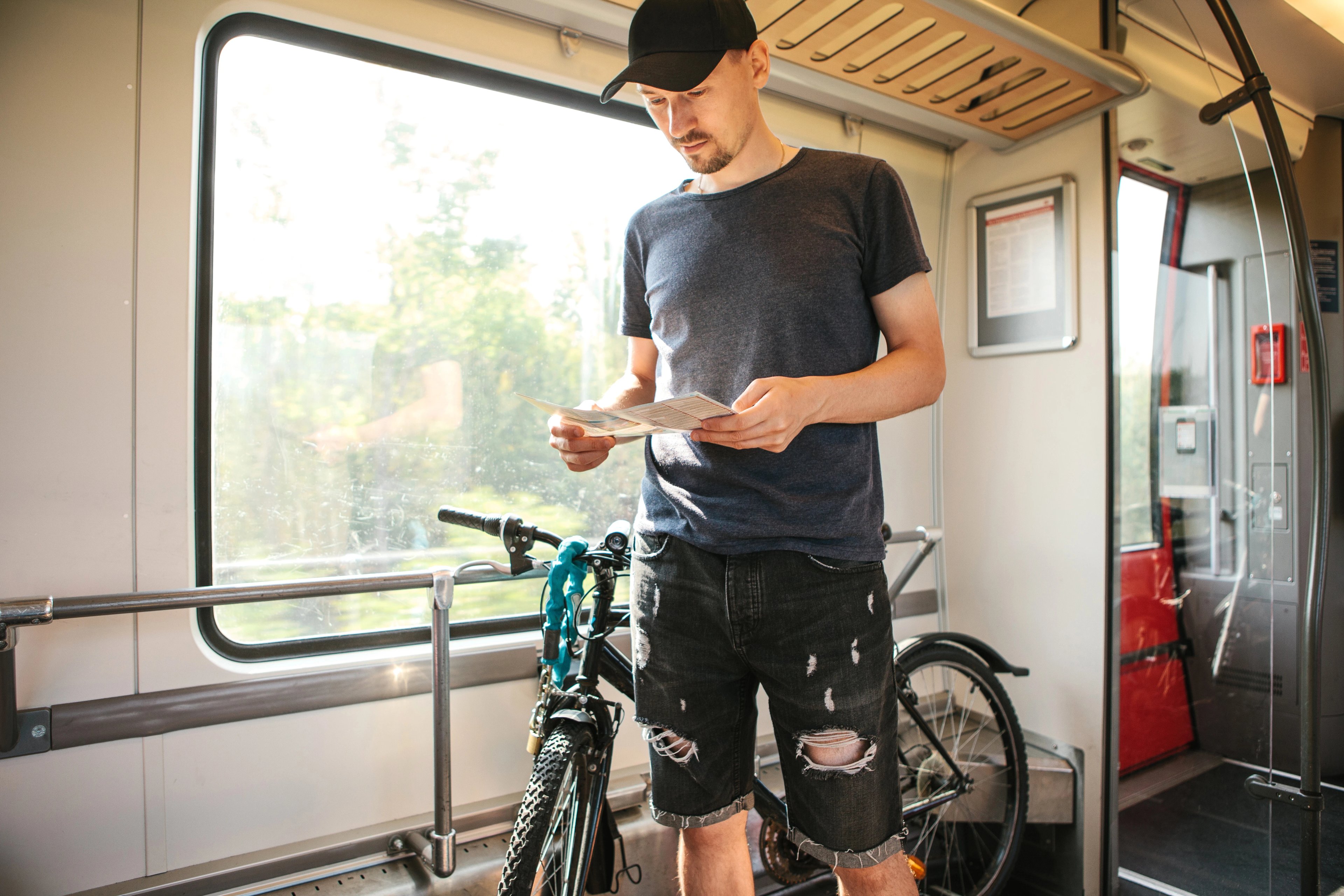
Salzburg is one of Austria’s key rail hubs, directly linked to Vienna, Munich, Zurich, and Venice. Trains arrive at Salzburg Hauptbahnhof, which is within walking or cycling distance of most hotels and the official start point of the Alpe Adria Cycle Path.
- From Vienna: ~2.5 hours by Railjet express.
- From Munich: ~1.5–2 hours via direct EuroCity service.
- From Zurich or Venice: several daily connections with one simple transfer.
By Car or Bus
The city lies at the intersection of the A1 and A10 motorways, offering fast access from Austria, Germany, and northern Italy. Long-distance buses also connect Salzburg with major European cities; FlixBus and ÖBB Intercity Bus both operate routes from Munich and Vienna and are bike-friendly.
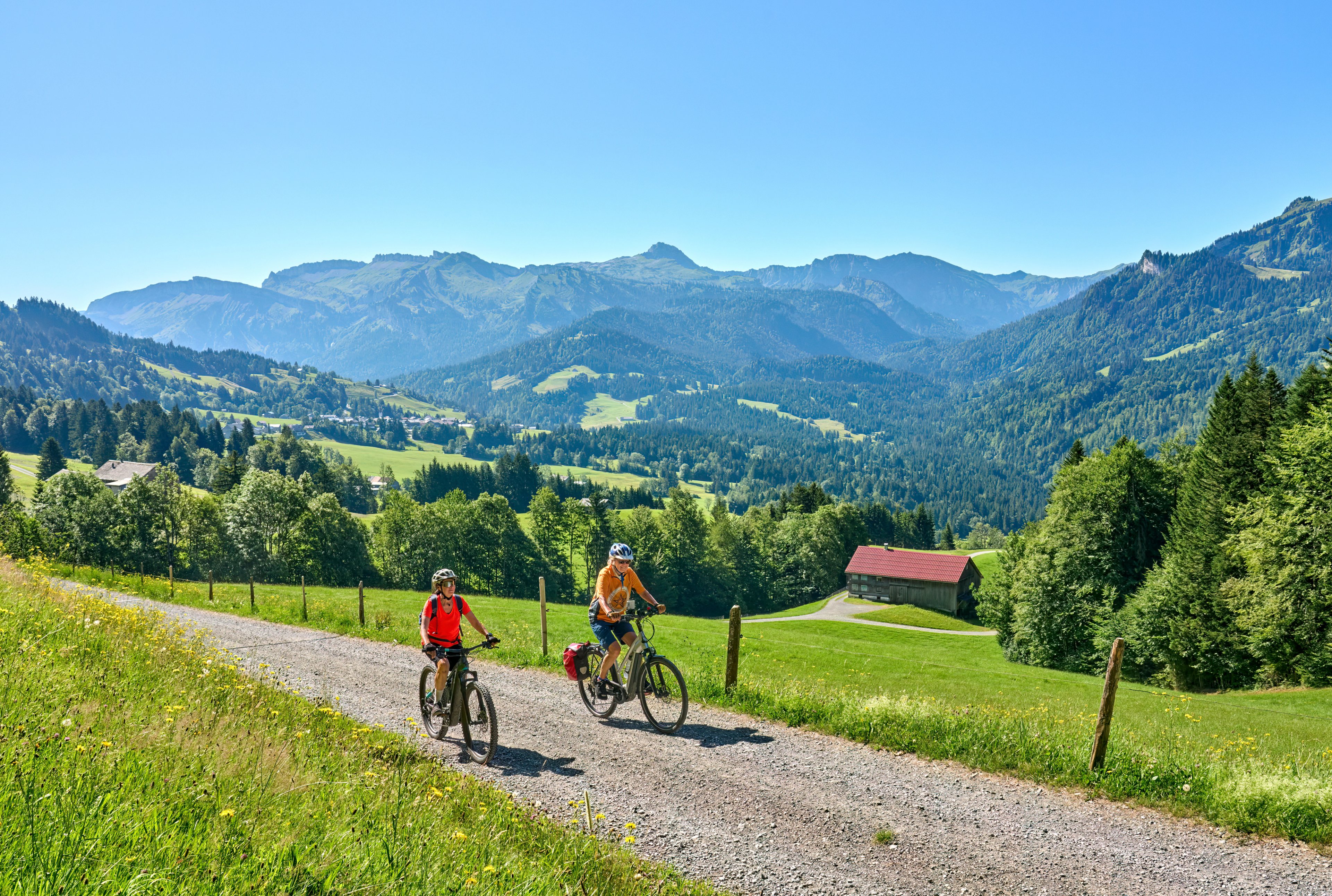
For more travel inspiration and planning tips before or after your ride, see our Ultimate Guide to Cycling in Austria and Ultimate Guide to Cycling in Italy — the perfect companions for extending your Alpe Adria adventure.
Your Alpe Adria Cycling Adventure Awaits
The Alpe Adria Cycle Path brings together everything that makes cycling in Central Europe special — alpine scenery, smooth routes, historic towns, and the rewarding finish at the Adriatic Sea.
With our Best of Alpe Adria Cycling Tour, you’ll experience the entire journey without the stress of logistics. We handle the details — curated GPS routes, selected accommodations, luggage transfers, and airport pickups — so you can focus entirely on the ride from Salzburg to Grado.
If you have any questions or would like help planning your trip, simply book a meeting with us, and our team will be happy to guide you through the options.
.svg)
HANDPICKED ADVENTURES
Only the best adventures across the world, cherry-picked by our team with an in-depth knowledge of the regions.

SELF-GUIDED TRAVEL
Explore independently and with confidence while we keep everything running from behind the scenes.
.svg)
VALUE YOUR TIME
With everything on your plate, let us handle the vacation planning, so your valuable time stays exactly where you need it.
TRUSTED BY MANY
We are a financially protected company operating since 2014, and with thousands of satisfied customers in the past, we still put you first.We are a financially protected company operating since 2014, and with thousands of satisfied customers in the past, we still put you first.
.jpg&w=3840&q=75)

